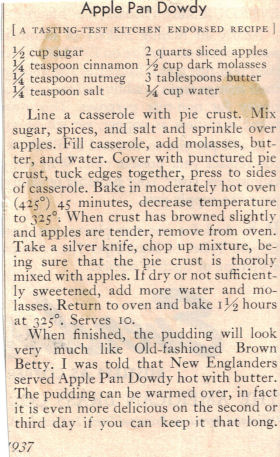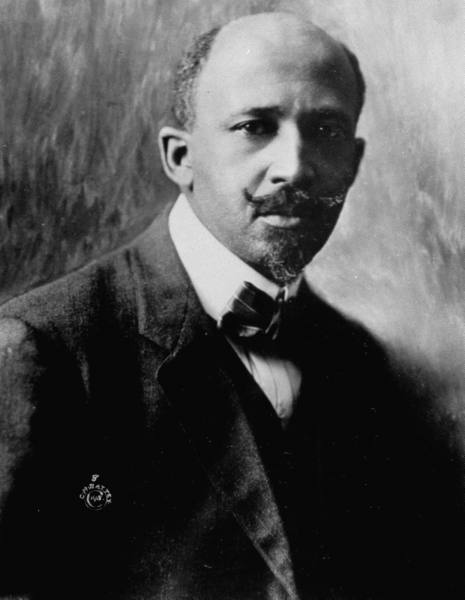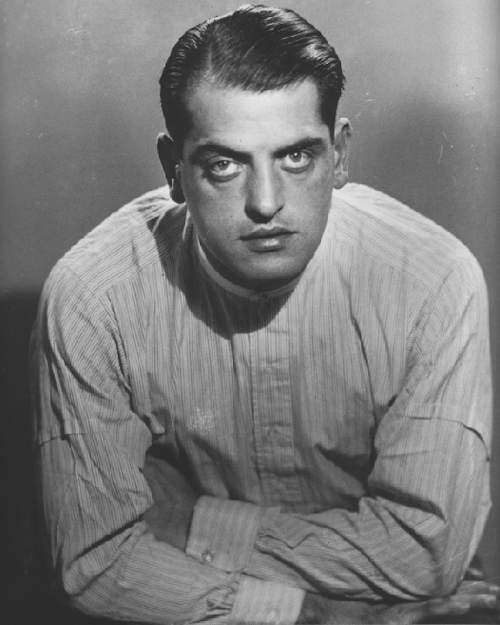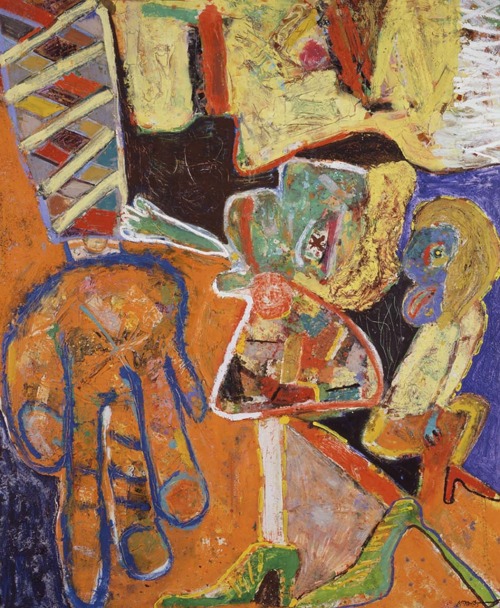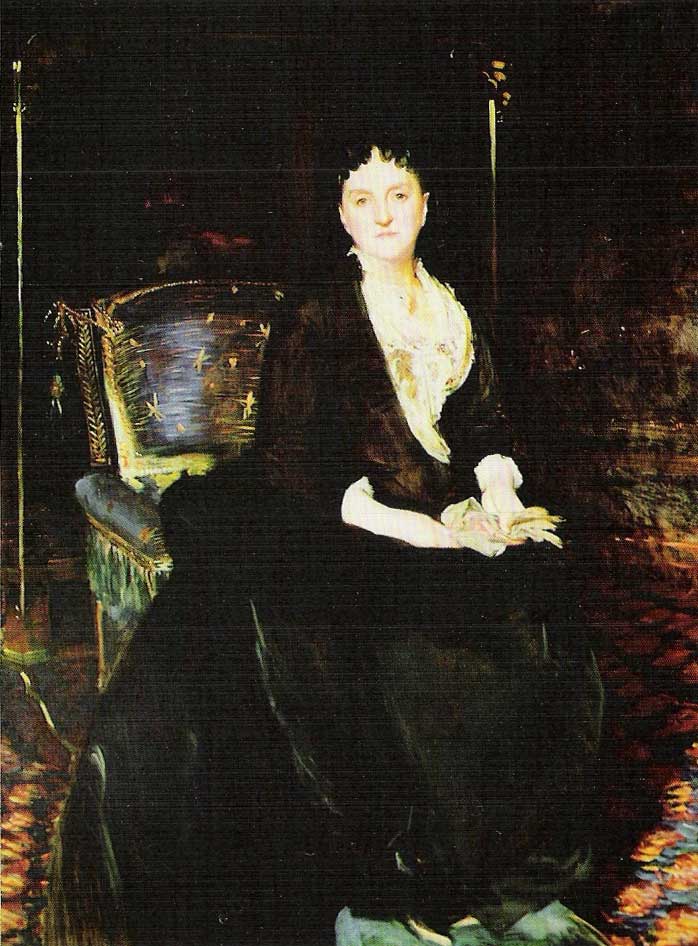I've done a few posts on family history
1 and have mentioned "Aunt Minnie's" quest for
membership in the DAR. She was able to join that organization on the strength of her descent from Ensign Thomas Lennington who enlisted in the rebel army, fought the British in Canada, was captured and exchanged, was promoted to ensign, and then served out the rest of the war in command of a quartermaster's supply boat on the Hudson. He's credited with keeping an orderly book which survives.
Before he enlisted, Thomas Lennington signed a copy of the
Articles of Association that had circulated where he lived. The
Articles were a kind of loyalty test for colonial opponents of British authority. They were drawn up soon after the
first shots were fired in Lexington, Massachusetts, in 1775. A "Committee of observation" in New York was set up "to carry out the measures adopted by Congress at Philadelphia" and, "so disturbed were conditions in New York after the battle of Lexington that this committee proposed the formation of an association to prevent mob-rule and to support the civil authority." The Articles were copied and distributed throughout New York State and the sponsors were careful to record the names of all those who refused to sign the articles in pages following the ones on which signatures appeared.
2 In American history, those who signed have been called Patriots and those who did not have been stigmatized as
Loyalists. At the time, the signers were often called Whigs and the refusers Tories. The Patriot Whigs are, of course, the the heroes of a great many American history books and the Loyalist Tories villains. The level of rhetoric can be somewhat extreme as when, at Lexington, "the blood of patriots" is seen to "nourish the infant tree of liberty" while the "ruthless elements of tyranny were warring for its destruction."
3 Thomas Lennington was listed as an
"associator", and thus Patriot, in Orange County, NY, along with quite a few other members of our family tree (for example, Thomas, Philip, Benjamin, Richard, and Daniel Thorne; Benjamin Kissam). Men who also seem to belong on our tree were listed among refusers — those who would not sign — including Robert, Jonathan, Gilbert, and Jesse Thorn in Duchess County, NY. Some of the refusers recanted and signed declarations of loyalty. One distant relative, Joseph Kissam, did this. Others remained opposed and came to be singled out as "principal Men among the disaffected."
4 On Long Island, these disaffected men eventually proved to be more adept than their partisan opponents in swaying the views of the many local inhabitants. As one sources puts it, the Loyalists of Queens county "were better at conducting counterinsurgency operations than their opponents were at waging revolution."
5On the other hand, following the defeat of the Rebel army in Brooklyn and the British occupation of Long Island, many Whigs signed an oath of loyalty to the King, promising not to cause trouble in return for a promise that their possessions and crops would not be seized.
6Confusingly, one Daniel Kissam was a prominent Patriot
7 while another Daniel Kissam was an equally prominent Loyalist
8. They both lived in Cow Neck, Hempstead, Long Island; the former was Daniel Whitehead Kissam, a local political leader, and the latter was Daniel Kissam, Esq., a lawyer whose son John was a major in the Loyalist colonial militia. Daniel Whitehead Kissam is remembered for having led a movement to split Hempstead into two communities: one Whig and the other Tory.
9 Daniel Kissam, Esq. is remembered because his son John was captured by privateers and in 1781 released in an exchange of prisoners.
10In October 1776, quite a few of our family's distant relatives in and around Hempstead signed statement to underscore their adherence to the British government and their allegiance to the King. Among these were the following members of the Thorne family: Charles, Samuel, Joseph, Samuel, Benjamin junior, John, Benjamin, Melancthon, Stephen, Thomas junior, George, Joseph, Philip, Stephen, Philip, Daniel, Stephen junior, Joseph, Thomas, Richard, John, Edward, and Oliver.
11 Of these, the story of Stephen Thorne is an interesting one.
He was a Captain in the British Army who was forced by illness to become inactive before the final defeat. Although many Loyalists remained in the newly established United States, he refused to give his loyalty to the new American Government and in 1783 after the Peace Treaty was signed he left Long Island with his children, his servants and even his house (which he disassembled for transport). With other like-minded families, he accepted a British offer of land in Nova Scotia.
12 He resettled in Granville, on the north shore of the island, opposite St. Johns, NB. As of the late 1990s, the foundation of the house which he reconstructed there could be found on the property which remains in the hands of the descendants of his second wife. With other local settlers he helped to found an Anglican Church there which, one of the oldest in the province, is still standing.
13

{Originally called St. Paul's Church, construction of Christ Church, Anglican, Karsdale, was begun in 1790 and consecrated in 1793. The church plan is traditional in form and features a square tower capped with a bell-cast roof, a rectangular nave lit by eight gothic style pointed windows and an east end chancel having a round headed classic style window. The window was added later from an area church. The church is a Municipal Heritage Property in Nova Scotia. Source:
Registered Heritage Properties in Annapolis County (pdf)}
----------------
Notes:
1Previous posts on family history
- Kissams
- William, Cornelius, John, and Benny
- love, peace and liberty condemn hatred, war and bondage
- genealogy
- Louis Windmüller
- living high
- Woodside, Queens, New York
- Windmuller, Heine, and Lorelei
- Miss Sarah Thorne, Her Book
- Sarah Thorn and the cult of domesticity
- Beauties of the mind
- 'My Heart and Lute,' Sarah Thorn
2 On this subject, see, for example,
History of New Paltz, New York and its old families (from 1678 to 1820) including the Huguenot pioneers and others who settled in New Paltz previous to the Revolution: With an appendix bringing down the history of certain families and some other matter to 1850, by Ralph Le Fevre (Genealogical Publishing Com, 1973)
3 Here's the passage:
On the 18th day of April, 1775, a detachment of British troops under Colonel Smith, was sent from Boston by General Gage, to destroy some American stores collected at Concord, then a small village, six miles north-west of Lexington, in Massachusetts. Upon Lexington Common seventy men were drawn up; on whom Major Pitcairn ordered the detachment to fire. The order was promptly obeyed, and seven men were killed and three wounded. There the blood of patriots was first shed; that was to nourish the infant tree of Liberty, during a seven years' struggle, while the ruthless elements of tyranny were warring for its destruction. On the 29th day of the same month and year, and eleven days after the bloody tragedy at Lexington, the inhabitants of the city of New York called a meeting of all who were opposed to the oppressive acts of the English Parliament, formed a general association, adopted a Pledge, and transmitted a copy to every county in the State for signatures.
The storm had burst, and every day was adding fearful intensity to its force.
The proud Lion of England had lapped the heart's blood of the descendants of the Plymouth Rock Pilgrims; and their brethren of the other colonies saw that, ere long, with a few more bounds, he would leap among them. Between submission and resistance they were called to choose; the former they had yielded to until it had ceased to become a virtue, and the latter was the only alternative left to men who were determined to wear the yoke no longer. The British Parliament and King had as zealous partisans and friends among us, as they had at home. It became necessary, in some way, to ascertain who were the friends of our own, and the mother-country.
-- source: REVOLUTIONARY PLEDGE, taken without attribution from: Title The history of Putnam County, N.Y.: with an enumeration of its towns, villages, rivers, creeks, lakes, ponds, mountains, hills, and geological features : local traditions, and short biographical sketches of early settlers, etc., by William J. Blake (Baker & Scribner, 1849)
4 See
Calendar of historical manuscripts, relating to the war of the revolution (Weed, Parsons & Co., Printers, 1868)
5 "A Revolution Foiled: Queens County, New York, 1775-1776" by Joseph S. Tiedemann;
The Journal of American History, Vol. 75, No. 2 (Sep., 1988), p. 433
6 North Hempstead: the Cradle of Liberty?, by Vivian S. Toy, New York Times, September 18, 2005.
7 History of Queens County with Illustrations, Portraits & Sketches of Prominent Families and Individuals (New York: W.W. Munsell & Co.; 1882.)
8 The American loyalists or, Biographical sketches of adherents to the British crown in the war of the revolution; alphabetically arranged; with a preliminary historical essay by Lorenzo Sabine (C.C. Little and J. Brown, 1847)
9 See
Kissams in the Revolutionary War and
North Hempstead: the Cradle of Liberty?, by Vivian S. Toy, New York Times, September 18, 2005.
10 Here are documents that relate the story of John's capture and release. In June 1781, Major John Kissam was surprised at night, and carried off by the rebels to Connecticut. He wrote his father:
Wethersfield, August 16TH, 1781. To Daniel Kissam, Esq.
Honored Sir : — Mine of 27th July, if it got safe to you, must have informed you of my being at this place on parole, with a circuit of three miles from my lodging; since which I have remained in the same situation; and a day or two ago I was informed by Mr. Reed, who was last week brought away from East Hampton, that the Commissary of Prisoners here had made a proposal of a parole, exchanging Mr. Reed and myself for Colonel St. John and son, acquainting Governor Franklin that, should it not take place, he should be under the necessity of retaliating on us, which I cannot say but my fears are greater than my hopes will be the case. ...
If it is concluded I must stay any time, or winter here, I could wish to have some winter clothing sent to me soon, as the morning and evening already begin to be a little cool, and I expect by the first frost my pockets will be nipt pretty well of cash, and consequently a little of that commodity will be not disagreeable to me, as I find all places nearly alike — no living without money, and especially one in my situation, expenses running much higher than I expected. What way to get things to me, I cannot inform you of, but should wish that some friend might come with them in a flag. At present I quarter at the house of Captain Absalom Williams, in Wethersfield, and should I be removed from here, anything that can be left for me will be forwarded by him; and I could wish to hear from the family and friends, as I have not heard a word from any one there since my leaving the Island. Communicate my love to all and acquaint them I should have written to them, but the uncertainty of a safe conveyance renders it difficult. ...
I am, honored sir, your dutiful son, John Kissam.
Here is a copy of the promise John Kissam made not to escape (his parole) and of the document exchanging him for another prisoner:
Parole.
"I, John Kissam, Major of Militia in Queens County, on Long Island, in British service, do hereby acknowledge myself a prisoner of war to the United States of America, and being now indulged the liberty of returning to the city of New York on parole, do pledge my faith and sacred honor that I will not say, do, or cause to be said or done, anything that can be in any shape construed to injure the welfare of the said United States; and that unless I can effect an exchange of myself for some officer of like rank or for some other such person as shall be agreed to and accepted by Abraham Skinner, Esq., the American Commissary of Prisoners, I will return by the way of Elizabethtown Point, on New Jersey, and render myself a prisoner to said Commissary General or to his order, or to some one acting under him, within thirty days of this date."
The within is a true copy of parole signed by Major John Kissam. Whereupon it is desired he may pass on directly to Norwalk and from thence to New York, in such way as shall be thought best by the Authority there, he behaving as becometh, &c.
Ez. Williams,
Deputy Commissary General of Prisoners.
Exchange.
To whom it may concern. I do certify that Major Kissam, of the Regiment of Queens County Militia, of Long Island, was regularly exchanged for Major George Wright, of the Pennsylvania Militia, at New York, the 20th of October, 1781.
Joshua Loring, Commissary General of Prisoners.
-- source: Documents and letters intended to illustrate the revolutionary incidents of Queens County, N.Y.: with connecting narratives, explanatory notes, and additions by Henry Onderdonk and John C. Smith (L. van de Water, 1884).
11 History of Long island, : containing an account of the discovery and settlement; with other important and interesting matters to the present time by Benjamin Franklin Thompson (E. French, 1839)
12 MEMORIAL OF NEW YORK LOYALISTS
To his Excellency Sir Guy Carleton, Knight of the most honorable Order of Bath, General and Commander in Chief, &c., &c., &c.
The Memorial of The Subscribers Humbly Sheweith
That your memorialists having been deprived of very valuable Landed Estates and considerable Personal Propertys without the Lines and being Loyalty to their Sovereign and Attachment to the British Constitution and seeing no prospect of their being reinstated had determined to remove with their Families and settle in His Majesty's Province of Nova Scotia on the Terms which they understood were held out equally to all his Majesty's persecuted Subjects.
That your Memorialists are much alarmed at an application which they are informed Fifty Five Persons have joined in to your Excellency solliciting a recommendation for Tracts of Land in that Province amounting together to Two Hundred and Seventy Five Thousand Acres and that they have dispatched forward Agents to survey the unlocated lands and select the most fertile Spots and desirable situations.
That chagrined as your Memorialists are at the manner in which the late Contest has been terminated and disappointed as they find themselves in being left to the lenity of their Enemys on the dubious recommendation of their Leaders they yet hoped to find an Asylum under British Protection little suspecting there could be found among their Fellow sufferers Persons ungenerous enough to attempt ingrossing to themselves so disproportionate a Share of what Government has allotted for their common benefit and so different from the original proposals.
That your memorialists apprehend some misrepresentations have been used to procure such extraordinary recommendations the applications for which have been most studiously concealed until now that they boast its being too late to prevent the effect.-Nor does it lessen your Memorialists surprise to observe that the persons concerned (several of whom are said to going to Britain) are most of them in easy Circumstances and with some exceptions more distinguished by the repeated favors of Government than by either the greatness of their sufferings or the importance of their services.
That your memorialists cannot but regard the Grants in Question if carried into effect as amounting nearly to a total exclusion of themselves and Familys who if they become Settlers must either content themselves with barren or remote Lands Or submit to be Tenants to those most of whom they consider as their superiors in nothing but deeper Art and keener Policy-thus circumstanced.
Your Memorialists humbly implore redress from your Excellency and that enquiry may he made into their respective Losses Services Siturations and Sufferings and If your Memorialists shall be found equally intitled to the favor and protection of Government with the former applicants-that they may all be put on equal footing-But should those who first applied be found on a fair and candid inquiry more deserving that your Memorialists-then your Memorialists humbly request that the locating these extensive Grants may at least be postponed untill your Memorialists have taken up such small portions as may be allotted to them.
And your Memorialists as in Dutybound shall ever pray &c.
-- source: "Memorial of New York Loyalists" by Benjamin Rand, The New York Genealogical and Biographial Record, Volume 21 (1890): pp. 180-185, found in Staten Island, Richmond County, NY Genealogy Resources
13 Descendants of William Thorne by John Coutant Thorn, citing Richard & Lois Walsh Thorne who, in turn, cite:
NYGHS record 1889, 1962
Sands Family Register
Wilmot Census, 1806 1838
Rivington, New York Paper 1773-1783
"American Loyalists" by Lorezo Sabine
"American Loyalist Claims" by P.W. Coldman
Loyalists & Land Settlement in NS; PANS
Note that the Loyalists tended to be members of the Church of England while the Patriots and most neutrals belonged to other Protestant sects.

